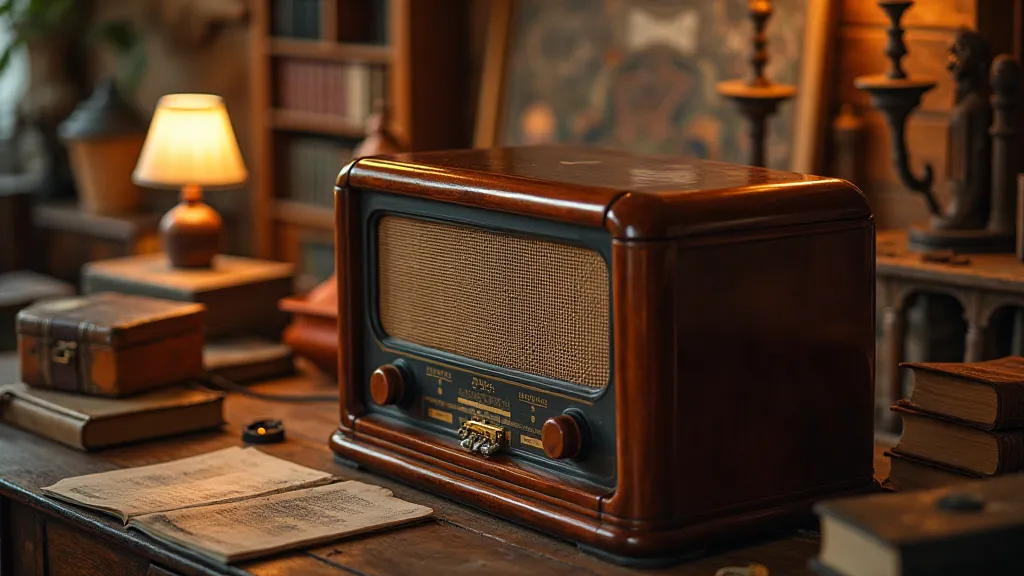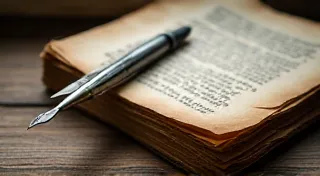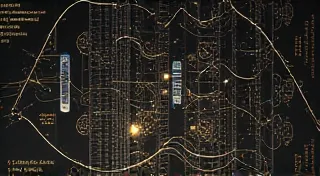Chromatic Ghosts: The Spectral Resonance of Forgotten Frequency Bands
The glow of vacuum tubes, the warm crackle of a dial, the promise of voices whispering from across time – these are the sensations that draw many of us to antique radios. But beyond the beauty of the craftsmanship and the nostalgic charm lies a deeper, more poignant reality: many of these magnificent machines were built to receive signals that no longer exist. We're not just restoring radios; we’re excavating echoes from abandoned frequency bands – a spectral landscape of forgotten broadcasts and experimental technologies.
My grandfather, a radio repairman in a small farming town, instilled in me a reverence for these relics. I remember, as a boy, sitting beside him in his workshop, mesmerized by the intricate workings of a Philco 48. He’s gone now, but his lessons remain, particularly his insistence that a radio wasn't just a device; it was a time capsule.
The Phantom Bands: A History of Silence
To truly appreciate antique radio restoration, one must understand the context of these “phantom bands.” In the early days of broadcasting (the 1920s and 30s), the regulatory landscape was… fluid, to say the least. Frequency allocations were often experimental, and stations moved around with surprising regularity. What might be a vibrant musical broadcast one year could be reassigned for military communications the next.
Consider the AM broadcast band we know today. It wasn't always so neatly organized. Early stations operated on a much wider range, and experimental shortwave services existed that have long since vanished. There were "police call bands" filled with the static-laced voices of law enforcement, and amateur radio enthusiasts experimenting with new modulation techniques. Then, as technology advanced, entire bands were ceded for television broadcasting, leaving antique radios yearning for signals that were no longer there.
The era of shortwave experimentation was particularly fascinating. Stations broadcast programs in multiple languages to reach diverse audiences worldwide. These broadcasts, often funded by governments or private organizations, offered glimpses into cultures and perspectives that were far removed from the listener’s own. Imagine the wonder – and the potential for misunderstanding – of receiving signals from distant lands via a wooden cabinet and a few vacuum tubes. Now imagine those signals silenced, swallowed by the relentless march of progress.
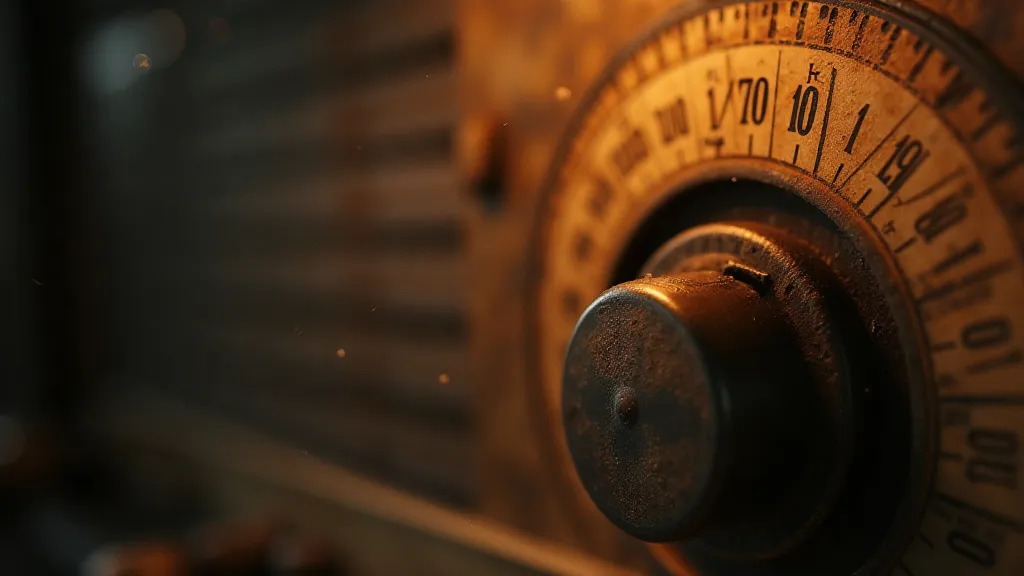
The Art of Restoration: More Than Just Fixing
Restoring an antique radio isn't simply about replacing faulty components. It's about preserving a piece of history. It’s about understanding the original design intent, the materials used, and the manufacturing techniques of the era. The care and craftsmanship that went into these radios are truly remarkable. The meticulous hand-wiring, the artistry of the cabinetwork, the quality of the transformers – it's a testament to a time when durability and aesthetics were valued above all else.
My grandfather always said, "You're not just fixing a radio, you're keeping a story alive." That resonated deeply with me. Each crackle, each pop, each hum represents a connection to the past. When I replace a capacitor or a resistor, I'm not just repairing a circuit; I'm safeguarding a memory.
There's a certain satisfaction in finding original replacement parts – a matching tube, a period-correct speaker knob. These small details make a big difference in maintaining the radio’s authenticity. It's a treasure hunt, a puzzle, and a labor of love, all rolled into one.
The Search for Resonance: A Metaphor for History
What about those phantom bands? Can we realistically "tune in" to them? The physics dictates that the frequencies themselves are still there, undisturbed. However, the signals—the broadcasts—are gone. Yet, there's a compelling notion of what might be called "spectral resonance." It's not about receiving the original programming; it's about sensing an imprint – a subtle artifact – a ghost of the past.
I’d hypothesize that, with highly sensitive equipment and a deep understanding of radio propagation, one *might* detect faint traces of past activity – atmospheric noise shaped by the ghosts of old transmitters, perhaps, or residual electromagnetic fields interacting with the radio’s circuitry in ways that mimic the effects of a signal. It's a highly speculative idea, and probably more poetic than scientifically verifiable. But the possibility—the *hope*—is what drives some restorers to experiment with unconventional tuning techniques.
Even if those faint traces aren't directly attributable to a lost broadcast, they represent something profound: the enduring legacy of those pioneering radio engineers and broadcasters who shaped our world. The radio becomes a conduit, not to a specific program, but to a collective memory – a resonance of the past.
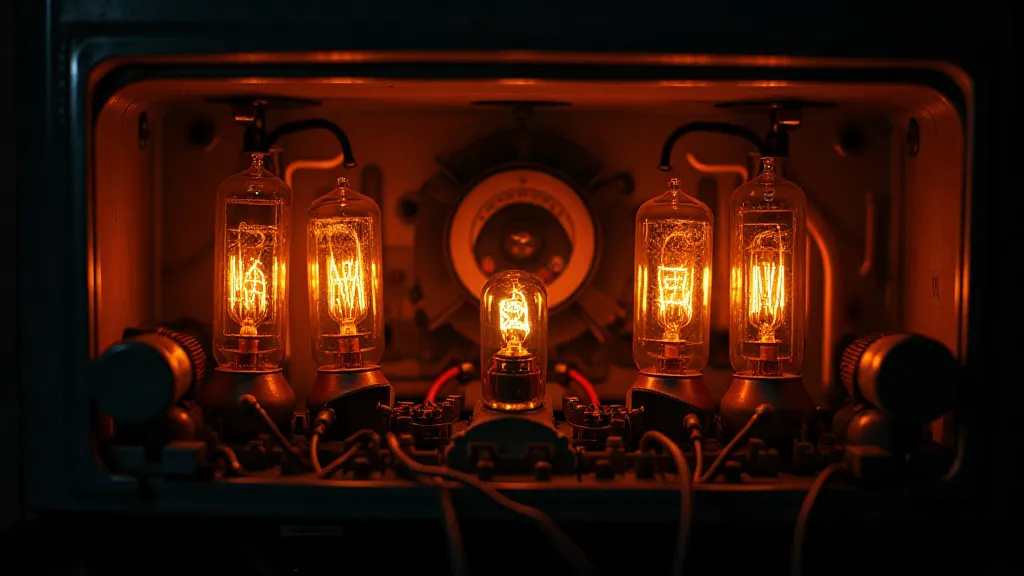
Collecting and Appreciation
Collecting antique radios is more than just acquiring objects; it’s about embracing a rich history and preserving a tangible connection to a bygone era. The rarity of certain models, the beauty of the cabinetry, and the technical ingenuity of the designs all contribute to their enduring appeal. Some collectors focus on specific manufacturers, while others are drawn to particular models or time periods.
But even if you're not a collector, appreciating antique radios can be a deeply rewarding experience. Simply listening to the warm, analog sound – the crackle, the hum, the richness of the audio – is a reminder of a slower, more deliberate time.
Preserving the Legacy
The spectral resonance of forgotten frequency bands serves as a poignant reminder of the fleeting nature of technology and the importance of preservation. By restoring antique radios, we’re not just fixing machines; we’re safeguarding stories, celebrating craftsmanship, and keeping the echoes of the past alive. We’re not chasing ghosts; we’re honoring them.
My grandfather’s words continue to guide me: “Listen closely. There’s a whole world whispering through those tubes.” And sometimes, when I tune my radio to a silent band, I think I can hear it.
